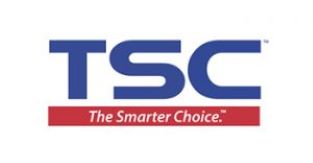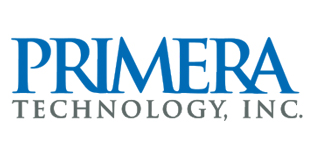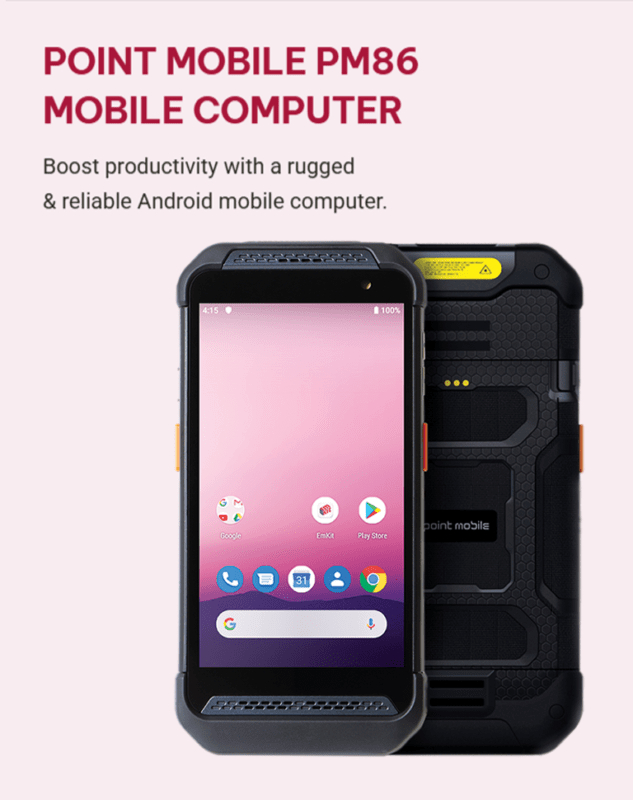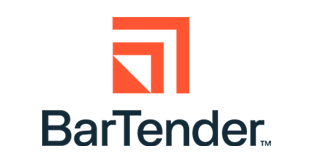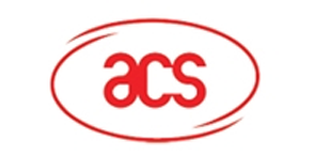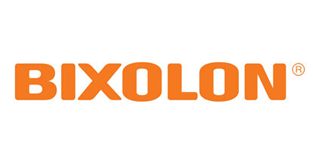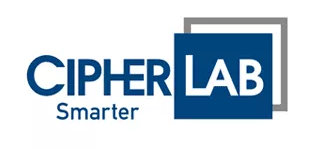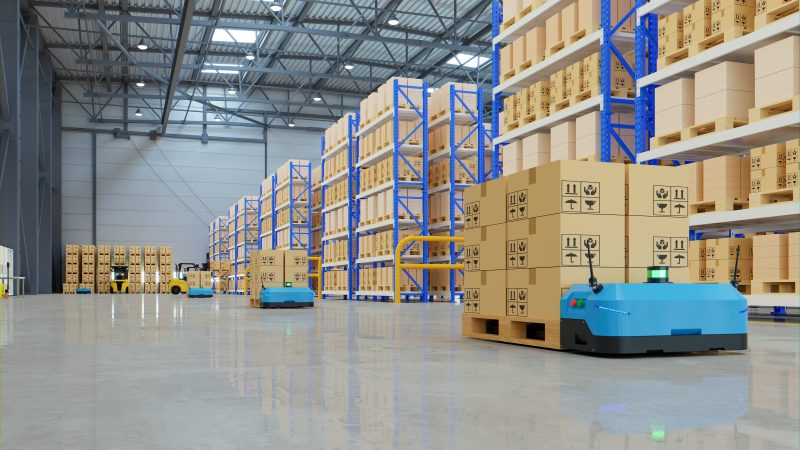
For over 46 years, barcode technology has been used to accelerate the extraction of data from product and shipping labels. In many industries, labels are applied to items to convey information to the manufacturer, the end-user, and anyone along the supply chain. This information can include everything from where the item originated, when and how it was made, the number of items in -the shipment, identification of the sender, and how fast the item traveled one point to another.
For manufacturing and distribution centers, barcode labels can provide key information pertaining to the target destination of a shipment, its weight, source, contents, hazard warnings, and authentication information. The ability to convey all this information rapidly and at a glance with a simple scan typically involves a complex combination of text, symbols, and barcodes. Due to the ability to cut production and operation times, barcode scanners are becoming increasingly universal devices. The technology has been expanded to be compatible even within phones, point-of-sale checkout equipment, and industrial portals. For decades, barcodes have been workhorses of the manufacturing, logistics, transportation, retail, and healthcare industries by adding speed to operations through automation.
A Wealth of Information Upon Printing
From the moment of creation, barcodes can hold several identifying factors of an item, including serial number, batch number, manufacturing location, and date of manufacture. Having all of this information in one barcode speeds up manufacturing times and saves valuable operational costs. Tracking an item’s progress through the manufacturing process, recording the transfer of the product, tracking shipping, and logging the details about the date, time, customer, and transportation used to ship the product to its destination can all be documented and easily accessed through a barcode.
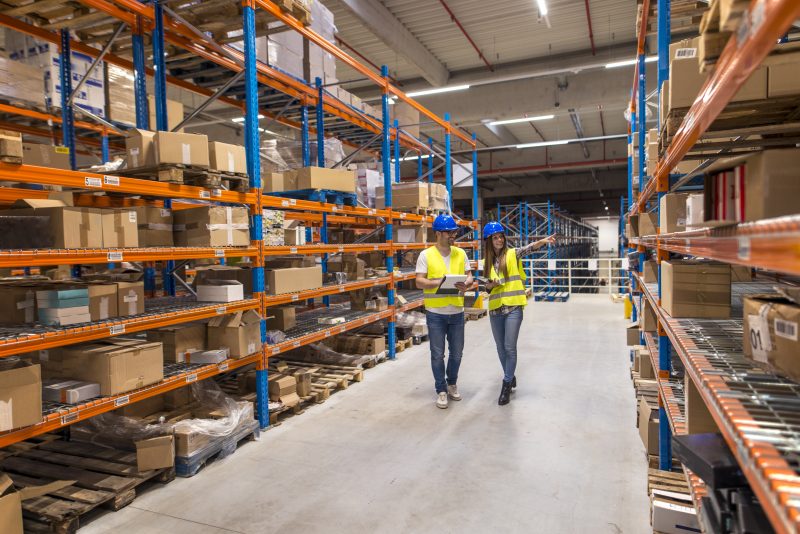
Automated Processes to Kickstart Your Distribution
Once scanned into the logistics system, barcodes have the power to speed up tasks such as item sorting, asset tracking, and distribution. This is an extremely critical technology for distributors of commercial goods as nearly 25 million packages are delivered through companies like Amazon, UPS, and FedEx every single day. This task would be virtually impossible, without automated processes.
At medical and retail distribution centers, barcodes have time and money-saving capabilities for inventory and purchasing processes. They can be used to record the receipt of an item, identify where the item is being placed within the facility, update the inventory systems, and initiate payment to the vendor for the received goods. At times, items can be shipped through several checkpoints internally within the retail or medical distribution centers as well as store or facility inventories. Leveraging barcode information to track the item along the way empowers manufacturers and distributors to ensure shipments are recorded every step of the way and have reduced chances of lost inventory.
Barcodes that Payoff Even After the Shipment is Received
Finally, once the product and its barcode reach the end-customer, the barcodes can act as a direct link back to the manufacturer through encoded features like a link to registration, a link to consumables, product surveys, loyalty programs, and discounts on future purchases. A barcode applied to a product early in the manufacturing process may have been scanned a dozen or more times providing valuable information to the product recipient from each step of the shipment process.

Ensure That Your Barcodes Bring in Maximum Benefits
While barcodes have the power to add value to every step of the manufacturing and shipment process, this power can be taken away if the barcode quality or positioning of the label has flaws. Barcodes require a clear area of space on the label around them so that no factors impair the ability to read and identify the barcode. A positioning error of the label on the product may be undetectable to the operator’s eye, but even something that small can render the barcode unusable. Similar complications such as a wrinkle in the ribbon on the printer, or even fuzz under the printhead can cause a barcode to be unreadable. The power and benefits yielded by barcode technology will not work if any of these complications arise. When a barcode does not meet a verified quality standard before shipment, manual intervention is required and every step in the process takes longer. Forgoing the quality assurance of barcodes is manually more labor-intensive and may result in the item being rejected, fines issued for low-grade barcodes, or the supplier’s reputation being impacted in a negative way.
Unreadable labels have mass effects not only on the manufacturer but on their entire stream of customers and recipients. When an unclear barcode is sent out it can set back the entire shipment process causing the shipment to either get sent back or have costly consequences. Manufacturers often experience the negative impacts of unreadable barcodes through large chargebacks and fines imposed by retailers and regulatory agencies. Some top manufacturers require quality audits for their suppliers or force suppliers to conduct a complete relabeling if barcodes come through on shipments that are unreadable. These errors in barcode quality and readability have cost some manufacturers and suppliers as much as tens of thousands of dollars.
Fortunately, these chargebacks, fines, and audits can be avoided by a simple label quality check before the label leaves the printer. Printronix Auto ID’s ODV online barcode verification technology has the power to scan, read, and grade up to 50 barcodes on every label. Unreadable or low-grade barcodes are overstruck, and the printer creates a new and correct label without any operator intervention. A report with the grading components of every barcode on every label is generated and available for the user to store, as well as the image for every barcode. Having this report protects manufacturers with a physical record of the processing and grading of every label they send out. This system helps ensure only clear and correct labels are sent to customers and that the full automation processes manufacturers used can operate effectively without setbacks.
Article Credit – https://apac.tscprinters.com/en/blog/day-life-barcode-how-barcode-technology-adds-value-supply-chain








